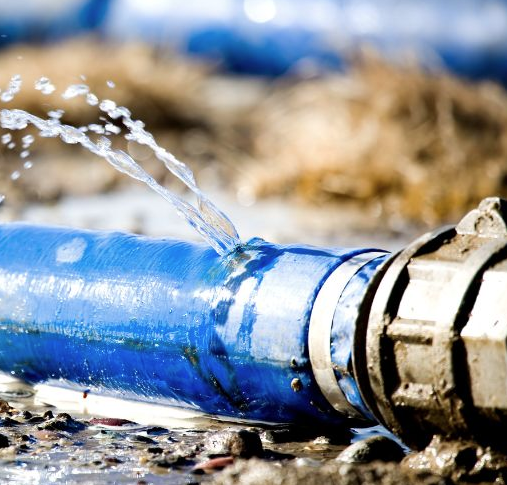
Weighing Scale Calibration: Practical Considerations and Tests
• Weighing scales and instruments are used in various industries for various measurements.
• Regular calibration is crucial for accurate and correct measurements.
• Calibration is often part of a legal or statutory verification program.
• Regulations for weighing instruments and their calibration are provided by the European Institute of Standards and Technology (EISM).
• The calibration process involves understanding the technical characteristics of the weighing instrument, accuracy requirements, and what to do if calibration fails.
• The test load used in an eccentricity test should be at least one-third of the max load of the weighing instrument.
• Regular calibration ensures proper functioning and accuracy of weighing instruments.




